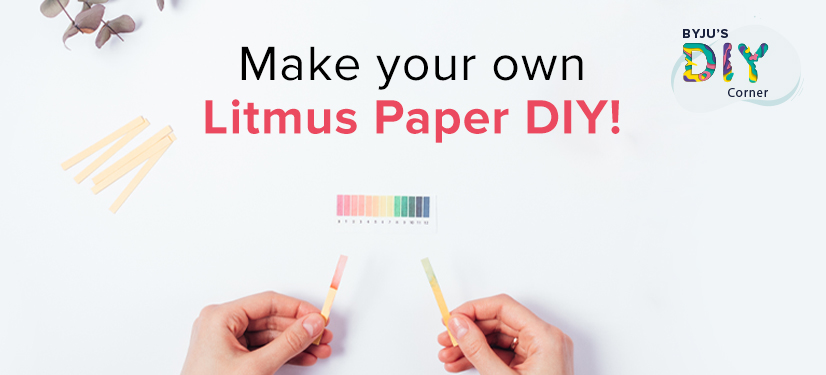
Did you know everything around us and even inside us has chemical properties! Yes, you read that right, different things that surround and make you tend to be either acidic, basic or neutral. Not only that, these chemical compounds change their nature based on their interaction with other stuff. If you’re confused as what we are talking about, let’s go over these terms one by one:
What are acids and bases?
Acids and bases are popular chemicals that interact with each other resulting in the formation of salt and water. Acidic substances are usually identified by their sour taste. Whereas bases are characterized by a bitter taste and a slippery texture. A base that can be dissolved in water is referred to as an alkali. When these substances chemically react with acids, they yield salts.
Watch this video, to understand acids bases and salts, further:
In our everyday lives, we use many compounds which scientists call acids. The orange or grapefruit juice you drink for breakfast contains citric acid (also known as Vitamin C). When milk turns sour, it contains lactic acid. The vinegar used in salad dressing contains acetic acid.
If all of the stuff mentioned earlier is news to you, we have good news for you. You can test anything around you to understand its chemical nature using a pH Indicator. What’s that you ask? Well, pH is a measure of how acidic/basic a substance is. The range goes from 0 to 14, with 7 being neutral. A pH value of less than 7 indicates acidity, whereas a pH value of greater than 7 indicates a base.

pH scale
A pH indicator is a chemical detector for acids and bases. Normally, the indicator causes the colour of the solution/paper to change depending on the pH value.
There are different types of pH indicators. They are often found in the form of strips of paper, known as the litmus paper. The kind of litmus paper you find in chemistry labs is made from a solution of different types of dyes naturally obtained from lichens ( a composite organism arising from algae). It changes its colour to blue when added to a basic solution and gives a red colour when tested with an acidic solution. And here is the most interesting thing about it – you can make one for yourself at your home right away in a span of 5 minutes with material that’s most likely around you!

Lichens – composite organisms that produce the dye, used in the making of Litmus Paper
Are you ready? Let’s get started!


Red cabbage and Hibiscus/China Rose
Procedure:
When the indicator goes pink or red it indicates that the substance you are testing is acidic, and when it goes blue, green or yellow it indicates that the substance is basic. When the colour stays purple, that substance is neutral.
The colour change is because red cabbage/ china rose contains a pigment known as anthocyanin.
You don’t need to understand all of this to have fun with universal indicators, this is for the more advanced budding scientists. The definition of acidic and basic substances are that when made into a solution with pure water, an acidic solution has more hydrogen ions (H+) and a basic solution has more hydroxyl ions (OH-). Neutral substances, such as pure water itself, have an exact balance of H+ and OH- ions, so they are neither acidic nor basic. Hence the meaning of the name pH is justified as the power of hydrogen.
Now that you have the pH indicator at your disposal, you can try it on literally any liquid-y item around you! How about testing a tomato or coffee? What would happen if you test a base like the soapy water and then add an acid (a drop of lemon juice) immediately after to the same paper? Or test an acid and then add a base? Or if you use it to test the pH value of your saliva/sweat/tears?
Have fun with your experiments and share your findings with us in the comments section!
If you enjoyed reading this, you may also like:
Charu, a feminist and an accidental writer, is yet to master the art of writing about herself. Always curious to learn new stuff, she ends up spending a lot of time unlearning the incorrect lessons. She enjoys all sorts of stories – real, fictional, new, old, hers and would love hearing yours too. Feel free to ping her at storyweavers@byjus.com to share anything that you think is worth sharing.
Comments
Madhusri?
June 11, 2021
This is beautifull?
Tarini Dave
May 21, 2021
Super ?
Wow ?
Beautiful ?
Shree Gowri
May 20, 2021
Wow ??
Tanuj Rathi
December 4, 2020
This is so amazing you should try this at home
Arunima jyoti
December 2, 2020
Wow this is amazing, I will absolutely try it!!
??